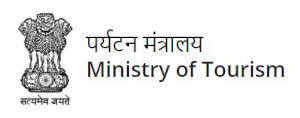Bonderam
By August, the fields brim with life. A drive through Divar takes you through long stretches of paddy crops ready for reaping. In such blissful environs you would be surprised that once mock battles were staged by the villagers and boundaries drawn to protect their fields. When questions arose on the method to demarcate boundary lines, the Portuguese government came up with the solution of using colourful bandeiras or flags.That’s where the festival got its name. And it still continues to be celebrated by two wards: Sao Piedade and Malar. Today this festival has achieved international fame and the day is prominently slotted in travel itineraries well in advance.
The day’s events begin with the customary flag off before the procession , recalling old traditions, makes its way to the various wards along the boundary lines. In the old days, the celebration was restricted to the flag parade and playful battles with pop-guns (fotash). But with mischief makers overusing the fotash, its use was banned. But with the float parade making its way into the celebrations, the festival grew in scale and attracted huge crowds from all parts of Goa, the rest of the country and the world.While the main festival is held in the last week of August, Malar kicks off the Bonderam celebrations a week before. Though smaller in scale , it still retains its authentic charm. The preparations begin weeks before with youngsters practicing their moves and the elders getting other arrangements in place.
The floats are carefully and artistically pieced together by the locals.Two years ago, Marius Fernandes, Goa’s festekar , introduced the Bonderachi pasoi, a heritage walk through the wards that allows guests to meet with the locals, listen to their old stories and eat local food. The entertainment program continues once the group gets back to the main venue.The next day, the first corn is cut and offered for blessings to the gods





